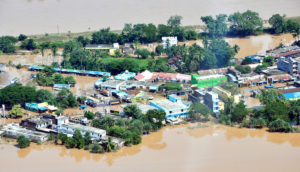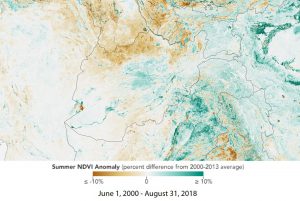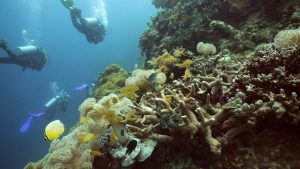The first round of talks to establish a new treaty to protect marine life and biodiversity in the high seas took place at the United Nations in New York in September, with the goal of finalising a treaty in 2020.
The intergovernmental talks to protect biodiversity beyond national jurisdictions (BBNJ) lasted two weeks and covered four key topics, with the aim of ensuring all nations can share equally and sustainably in the benefits and resources – biological and mineral – of the high seas, which cover 45% of the planet’s surface and are home to 90% of marine life.
The over-arching question of what powers a new treaty will have, and who will wield them, was among the most complex the delegates discussed. Resolving it will be crucial to the outcome. But we do know that establishing reserves to protect marine genetic resources touches on two of the core goals set for the talks.
Multiple stakeholders
There are multiple intergovernmental organisations and regional agreements that have vested interests in how the deep sea is run. An effective treaty must put in place governance arrangements that end the fragmentation of the deep sea. Yet success will depend upon the consent of these organisations, and many governments, in order to put mechanisms in place for conservation and utilisation of marine biodiversity.
Conference president Rena Lee of Singapore referred to this dilemma in her closing remarks.
“It will not always be smooth sailing. We will not always paddle in the same direction. But, if we continue in co-operative, flexible and committed mode, we will reach our destination one day,” she said.
Upsetting the status quo
At least 16 regional and sectoral organisations are already involved in marine reserves. They include the International Seabed Authority (ISA), which oversees mineral extraction from the seabed; the Food and Agricultural Organisation (FAO); the International Maritime Organisation (IMO), which promotes maritime safety; the Convention on Biological Diversity; and UNESCO, which deals with natural and cultural heritage.
However, marine reserves do not provide a uniform level of protection. For example, the Convention on Biological Diversity’s Ecologically or Biologically Significant Marine Areas offer no conservation whatsoever; it merely recognises an area’s importance. Regional fishery management organisations impose temporary fishing bans in certain areas, while the IMO designates emissions control areas – in both cases identifying boundaries and putting appropriate measures in place.
There was consensus at the BBNJ talks that such mechanisms should not be undermined by a new high seas treaty. So the question remains: how will new BBNJ marine reserves coexist and interact with systems that are up and running within their jurisdictions?
Implementation risks
In fact, there are already examples of co-ordination problems between international treaties and regional and sectoral organisations.
For instance, a 2010 conference on the OSPAR Convention, which protects the North-East Atlantic, agreed to set up a network of marine reserves, with seven already in place in international waters. But OSPAR does not have the right to manage activity in those reserves, and relies on the convention’s signatories to encourage the regional bodies they are members of to do so.
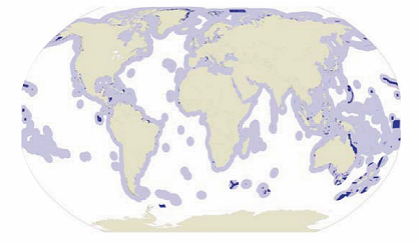
The results are uneven and undermine conservation. The North East Atlantic Fisheries Commission has banned fishing in the areas suggested by the OSPAR Convention. But the ISA and IMO have not done the same. This shows how regional and sectoral bodies can resist external pressure. Such resistance is likely to be a major hurdle facing the BBNJ talks.
A key question is whether a new BBNJ deal should go beyond the existing model and provide oversight and guidance for regional and sectoral bodies. However, this could undermine existing mechanisms. It also raises questions on how the powers of countries within regional bodies are balanced with those that are not.
Do countries outside the region have the right to decide how those within the region use international waters? Should countries in the region have a veto? The talks will have to address these questions.
Three options
Three possible models for BBNJ nature reserves are under discussion:
- a global model, with a single body to manage these reserves worldwide
- a regional model, relying on existing regional organisations and their expertise
- a combined model emphasising regional conservation mechanisms, but adding an international body for oversight and guidance.
In the September talks, the global model emerged as the most popular with environmental groups and developing nations, which believe that a higher-ranking international body would exert pressure on regional and sectoral organisations to create reserves.
It was viewed as the best chance of counteracting the tendency of regional and sectoral bodies to put their members’ interests first, as a BBNJ treaty would in principle require them to respond to the needs of “humanity as a whole”.
The regional model had fewer supporters and is being pushed by Russia, which has consistently opposed talks on a BBNJ treaty, arguing that existing mechanisms are adequate.
The combined model gained most support among developed nations, including some traditional seagoing powers. They want to maintain their existing membership benefits within regional bodies and use the additional powers of a BBNJ treaty to address key interests and concerns.
For example, as a major fishing nation New Zealand is concerned about conservation of fish stocks, so sees a treaty providing support for its calls to ban fishing in regional fishery management organisations (RFMOs).
China’s negotiators did not express a preference during the talks, though the country has previously stressed its support for existing regional bodies.
On September 7 Mr Ma Xinmin, head of the Chinese delegation to the BBNJ negotiation, said: “The new international instrument in most cases will not overlap with the MPA measures under existing instrument or bodies.” However, unlike Russia, China supports a treaty with the power to set up BBNJ marine reserves.
Mr Xinmin also stressed that agreements should be reached by consensus, as majority voting can produce decisions that lack sufficient support.
Two years to make it work
Three further rounds of negotiations are due to take place, with the next one tentatively scheduled for 25 March 2019. Success will depend not just on how the treaty balances organisational and national interests, but also the value the various parties place on the potential BBNJ reserves.
As an editorial in August’s Science Advances magazine rightly concluded: “The high seas, like everything on Earth, are a limited resource. How we choose to protect and use its precious resources will test our humanity, our cooperation, and our collective vision for the future.”

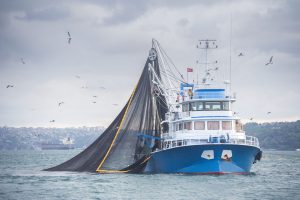
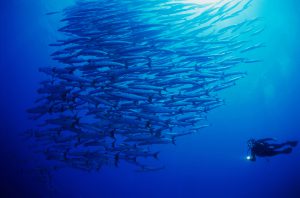
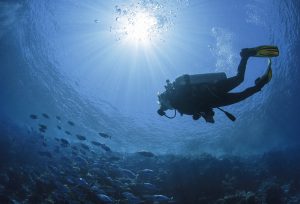

![The Indus at the site of the proposed Diamer-Basha dam [image by: Water and Power Development Authority, Pakistan]](https://dialogue.earth/content/uploads/2017/05/Indus_Diamer_Basha_Dam_Site_Image_WAPDA-300x169.jpg)
